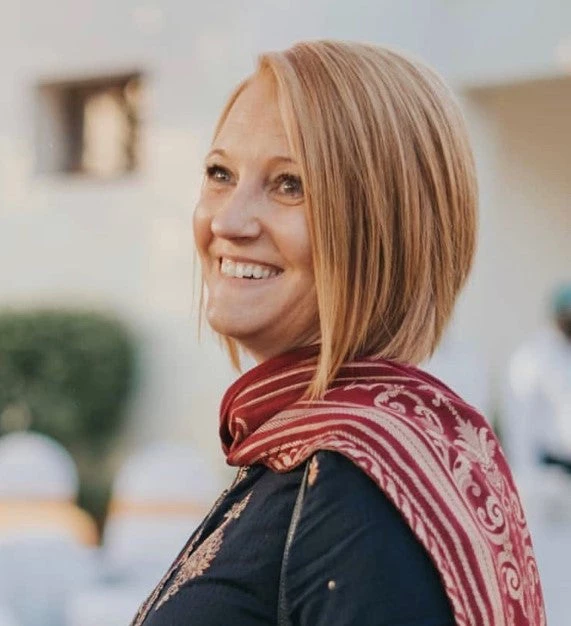There are competing realities of life in Ethiopia, where a family’s circumstances can largely be determined by which region they live in, or whether they are in a rural or urban setting.
In Somali or Afar regions, many families depend on the seasonal movement of livestock and are subject to recurrent droughts. Most children live more than an hour away from the nearest school, a trip to the market may take the better part of a day, and access to basic services is limited.
On the other hand, for a family living in a middle-class neighborhood in Addis Ababa or Harari region, having enough to eat, affording new clothing, and distance to schools and access to electricity are not major concerns.
In this context, sharp divisions in welfare can occur, posing severe challenges in living standards and service delivery. The recent Ethiopia Poverty Assessment showed strong poverty reduction nationally between 2011 and 2016 (from 30% to 24%), yet, regional differences prevail. The strong desire to better understand these differences between regions, led to the World Bank’s and the Planning and Development Commission (PDC) of Ethiopia’s partnership to produce the first ever Regional Poverty Study.
The study aims to create regional poverty profiles and better understand why some regions registered fast poverty reduction while others lagged behind and why living standards vary across regions. The study is accompanied by the Ethiopia Socioeconomic Dashboard, which allows users to access official household survey data at the regional level to analyze socio-economic outcomes across the country.
The strength of poverty reduction between 2011 and 2016 varied greatly between regions, and a clear urban-rural pattern emerged. Poverty reduction was strong in the urban areas of almost all regions—with the exceptions of Tigray, Somali, and Benishangul-Gumuz—while it was in general weak in rural areas. This led to a widening of urban-rural gaps, and an increase in the level of inequality at the regional and national levels. Urban poverty reduction was particularly strong in Dire Dawa and Amhara. In contrast, only two regions experienced a decline in rural poverty rates, namely Somali and the Southern Nations, Nationalities and Peoples’ Region.
Convergence theory would lead us to think that poorer regions tend to grow more rapidly than wealthier regions, and regions will thus eventually converge. Yet, this is not a trend we see in Ethiopia. Overall, regions that started off poorer than average did not generally reduce poverty faster than regions that started off less poor. As shown in Panel A of Figure 1, of the six regions that reduced poverty faster than average, three started with a relatively low poverty rate, while three started with a relatively high poverty rate. Similarly, in regions with less poverty reduction than the national average, two (Oromia and Benishangul-Gumuz) began with relatively low poverty rates in 2011, while the other two (Amhara and Tigray) began with relatively high poverty rates.
Poverty reduction in Ethiopia is a story of urbanization. Regions that started off more urbanized in 2011 saw faster poverty reduction. As shown in Panel B of Figure 1, the relatively more urbanized regions of Harari, Addis Ababa, and Dire Dawa experienced strong poverty reduction despite their relatively lower poverty levels, underscoring the importance of urbanization for poverty reduction. The least urbanized regions experienced the slowest poverty reduction, with the exception of Somali.
Figure 1: The poorest and most urban regions experienced the highest poverty reduction between 2011 and 2016

Note: The blue lines represent rate of poverty reduction between 2011 and 2016 at national level while the orange lines represent national poverty rate in 2011 and national urbanization rate in 2016 in Panel A and Panel B, respectively. Harari has been omitted from Figure 1 for presentational purposes, as it had by far the lowest poverty rate in 2011 (11.1%). Poverty in Harari fell by 36% (to 7.1%) between 2011 and 2016.
Source: HCES, 2011; 2016. World Bank staff calculations.
One common finding across many regions is that the pattern of consumption growth was accompanied by increased inequality. Consumption growth tended to be weakest at the bottom of the distribution (the poorest households), especially in rural areas. Somali was the only region to reduce inequality between 2011 and 2016, even though overall consumption growth was relatively low. This is in strong contrast to Tigray, with strong consumption growth concentrated at the top, whereas the poorest did not see any increase in consumption. This resulted in weak poverty reduction along with fast rising inequality.
In normal circumstances, we would expect further poverty reduction in Ethiopia, driven by urban areas. However, the negative economic impact of the COVID-19 pandemic threatens to reverse the achievements of the past decade. In particular, the economic slowdown is expected to have a disproportionately large impact on urban areas, and therefore on regions, which in the past, reduced poverty the most. Results from the World Bank’s high frequency phone survey (HFPS) show that there have been rapid and significant job losses. The impact was particularly high in urban areas where 20% of the respondents reported that they lost their jobs as opposed to 3% in rural areas at the onset of the pandemic. These losses have been particularly high for the self-employed and those working in casual jobs – two areas that have relatively high shares of poor and vulnerable people.




Join the Conversation